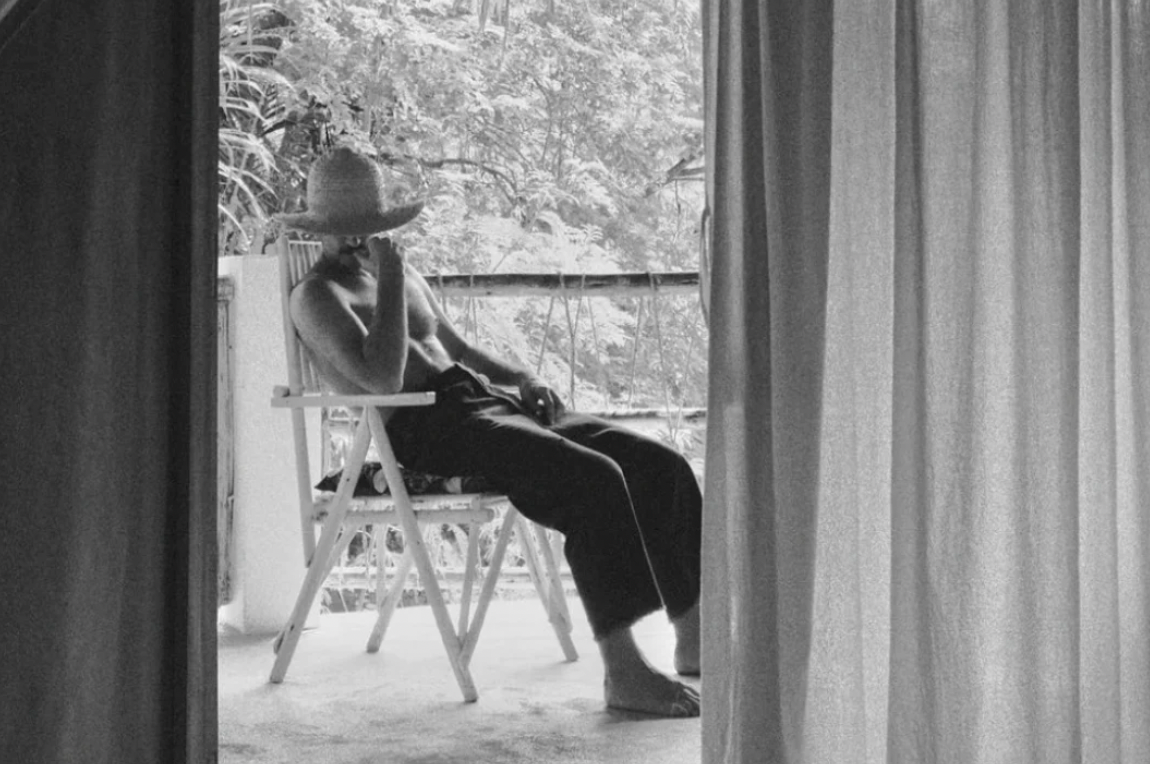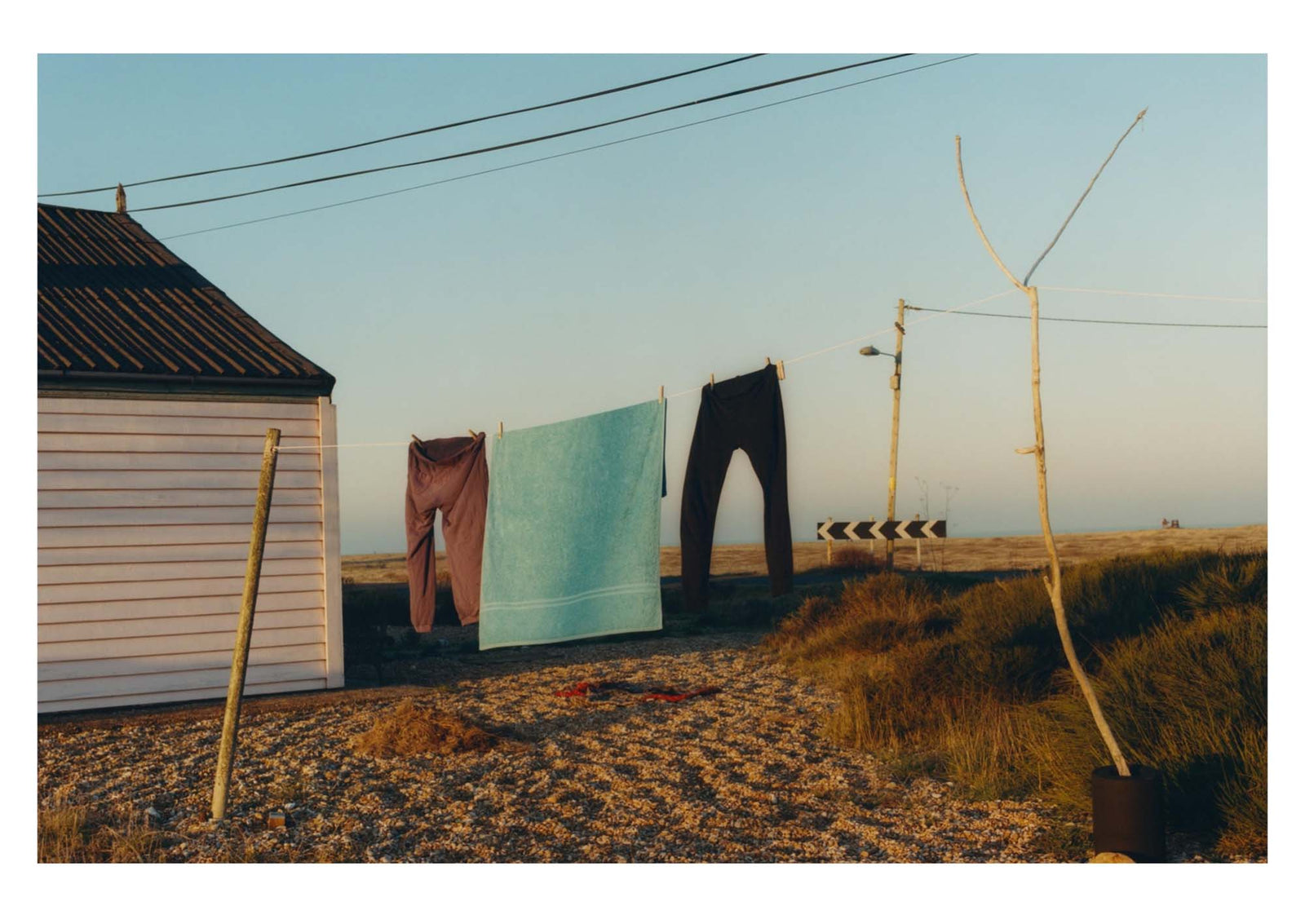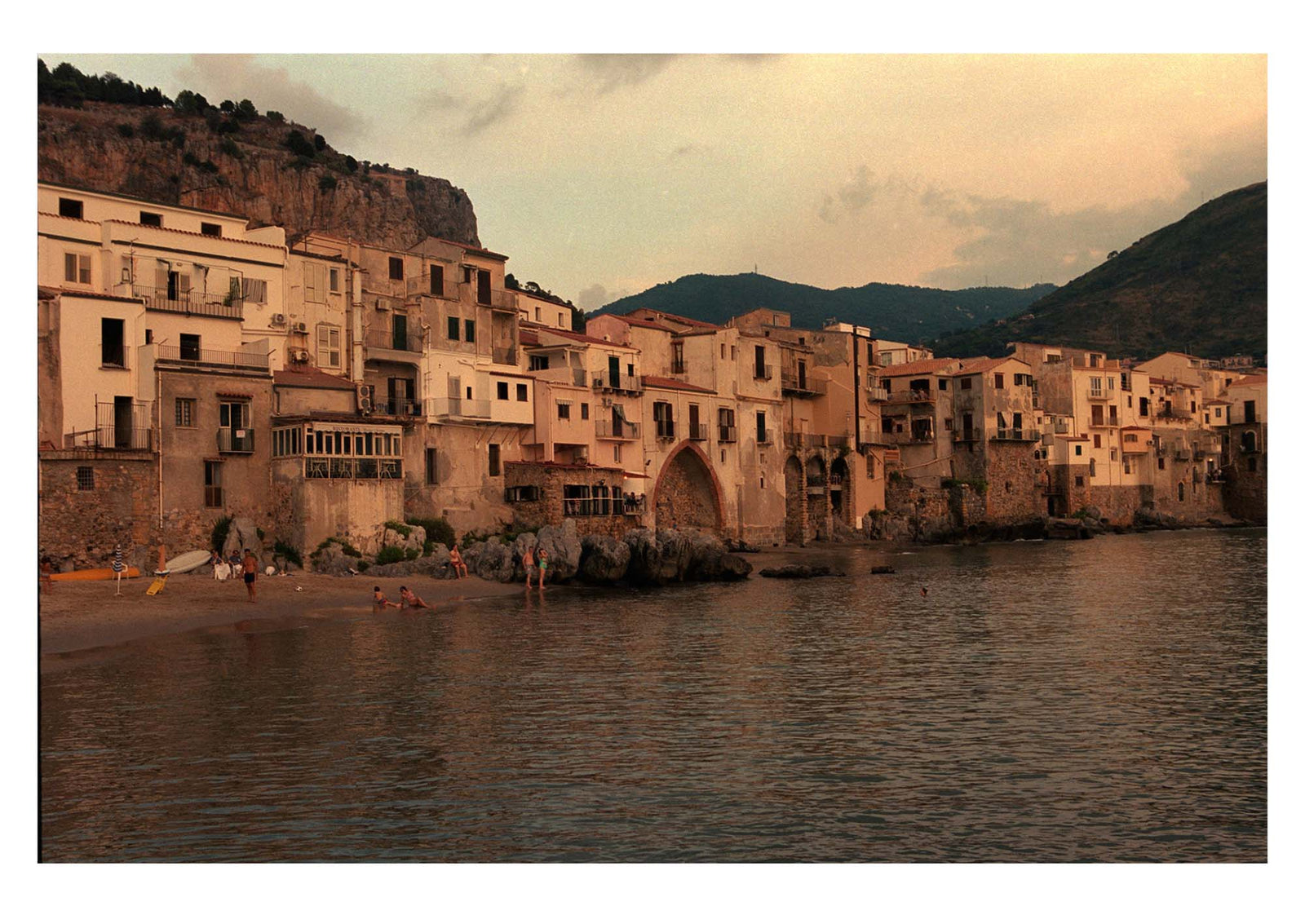Rio de Janeiro is a city to dream of as days get shorter and the temperature drops. Few destinations conjure such unabashed visions of summer – whether the noise and colour of carnival or its long stretches of white-sanded beaches (and their aesthetically blessed patrons). But, while Rio’s exuberant reputation proves largely correct – not least when Carnival arrives in February, and revellers take over the streets – Brazil’s second city is one of multiple personalities, where ever-changing neighbourhoods lie between dramatic, rainforest-covered peaks, and the serene waters of Guanabara Bay beyond.




























